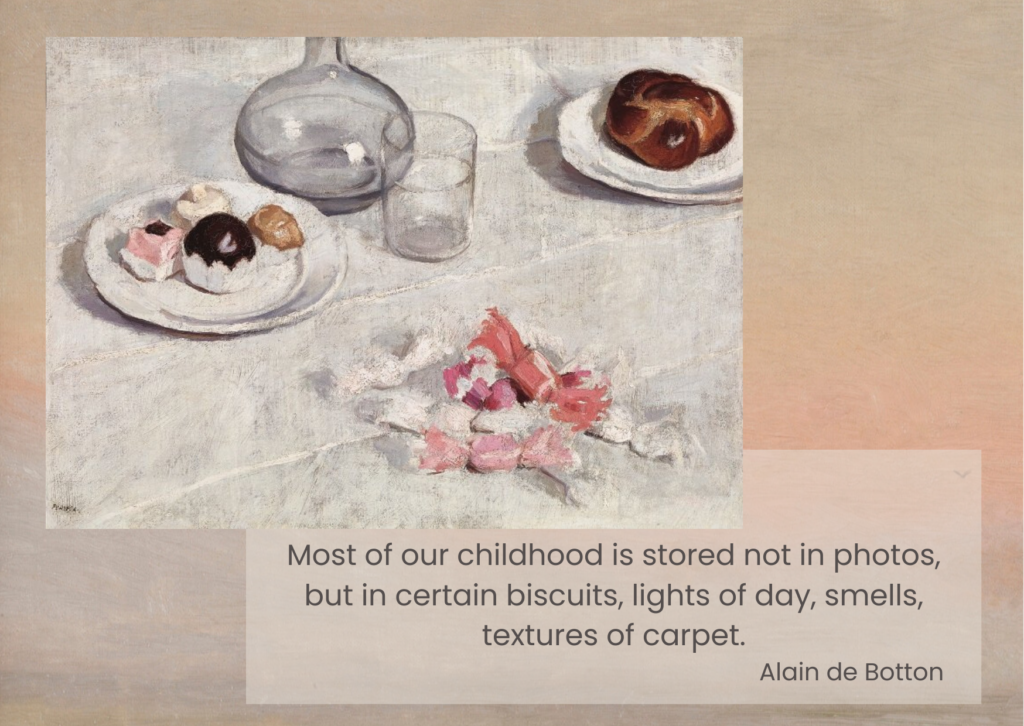
Most of our childhood is stored not in photos, but in certain biscuits, lights of day, smells, textures of carpet.
Alain de Botton
The Holy Grail of nostalgic scents.
Bambino (which means “baby” in Italian) is my personal reference which is both specific and general.
General, because over the years it has become for me a synonyme, a code name for scents generally associated with baby care products. Specific, because it’s linked to the memory of a particular scent – the scent of a baby lotion called Bambino which used to perfume my bath when I was a very young child. This scent was my first aromatic love story, an absolute delight to my young senses, heart and soul.
And I feel like I’m not alone in this. There is something special about baby care product scents and the feeling they provoke, regardless of the age of the person who smells them.
What is it? Is it the scent itself? Or is it how we respond to it? Or maybe the both – then how and why?
I’ve been trying to figure this out for years and it’s still work in progress. But to be completely honest, I don’t think I care that much about the answer – not sure there is an obvious one and I’m happy just wondering. I like things keeping their part of mystery.
With one exception though.
I really would like to know the secret of my Bambino lotion scent. Simply because I’d love to be able to recreate it, just so I can have a whiff of it again!
I’m well aware of the risk involved – my appreciation of the scent of Bambino, from purely aesthetic standpoint, might not be the same for me today, but it doesn’t really matter because what I’m looking for in fact is not the smell itself – however nice it might be – what I’m looking for is to be taken back the feeling it used to provoke in me when I was a child. And I know how effective scents can be when it comes to that kind of magic. I’m confident that this feeling, revived by the scent, is a key to the doors of the past, to the beauty of what’s gone, but hopefully not all lost.
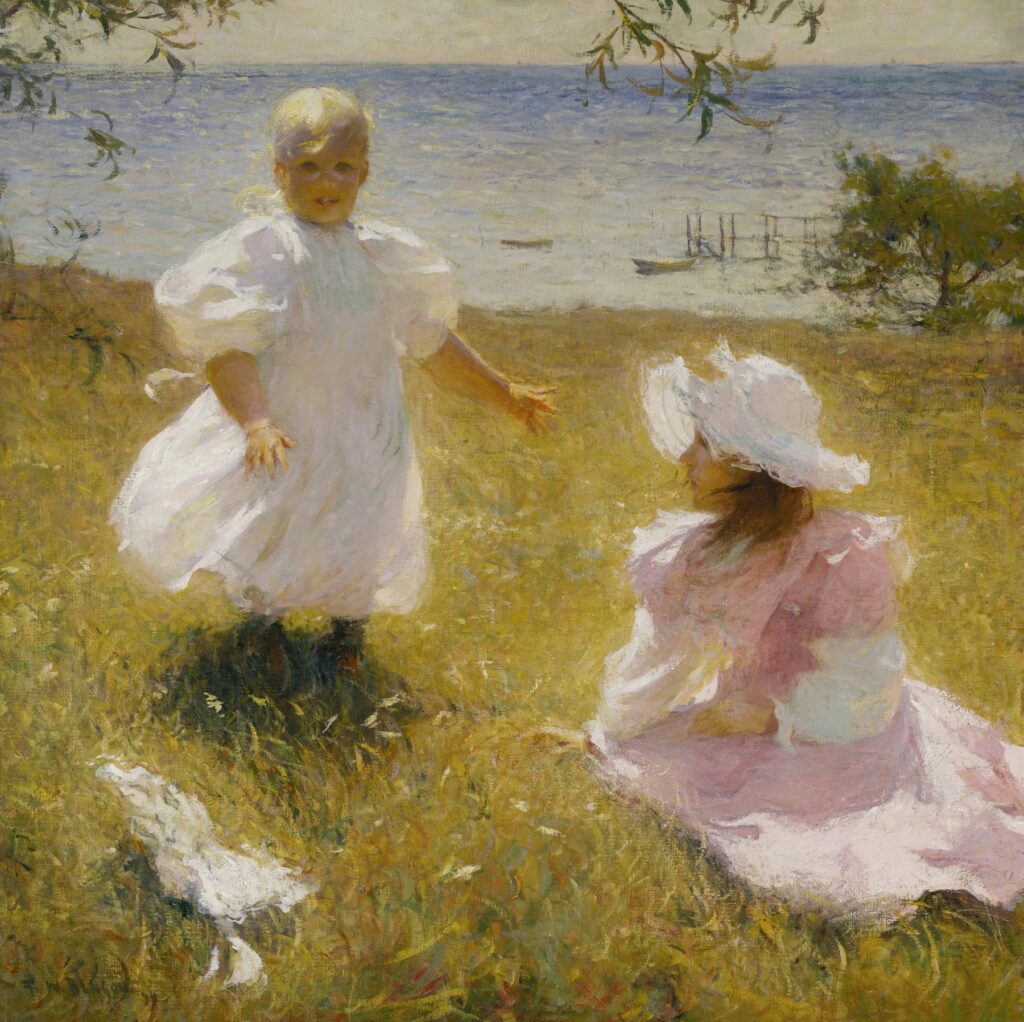


But where do I start? I know so very little about Bambino, apart from its name and the fact that it used to be a very simple baby lotion long time ago.
Attempts at the recreation of the scent of Bambino, in baby steps
One fairly obvious approach would be to take a look at classical baby care products perfume formulas, as the scents of these products tend to be quite consistent and similar. Two problems however with this seemingly simple solution:
- over the years I’ve smelled dozens of baby care products and none of them really reminded me of Bambino
- finding perfume formulas (be it for baby care products or anything else) is way easier said than done – the secrecy of formulas in perfume industry is a real thing – but with a good deal of research, some bits and pieces of useful information can be found.
So I checked that. First step. No real surprises, rather confirmation of what I was suspecting: gentle and clean floral notes (rose, jasmin, violet, neroli, ylang), balsamic/powdery notes (vanilla, sweet almond), sandalwood and white musks. Voilà.
Baby’s head accord.
This kind of accord/composition reminds me of what is sometimes affectionately called “baby’s head note“, a term which I think quite accurately conveys the feeling of it – delicate, soft and tender.
There are perfumes as cool as the flesh of children,
Charles Baudelaire, Correspondances
Sweet as oboes
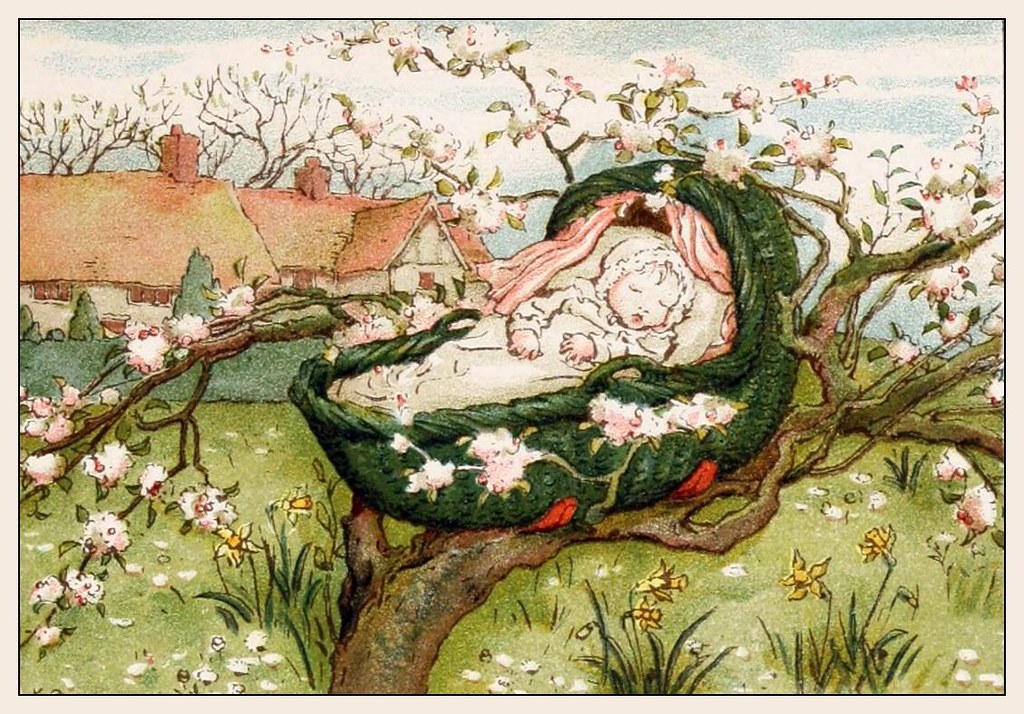
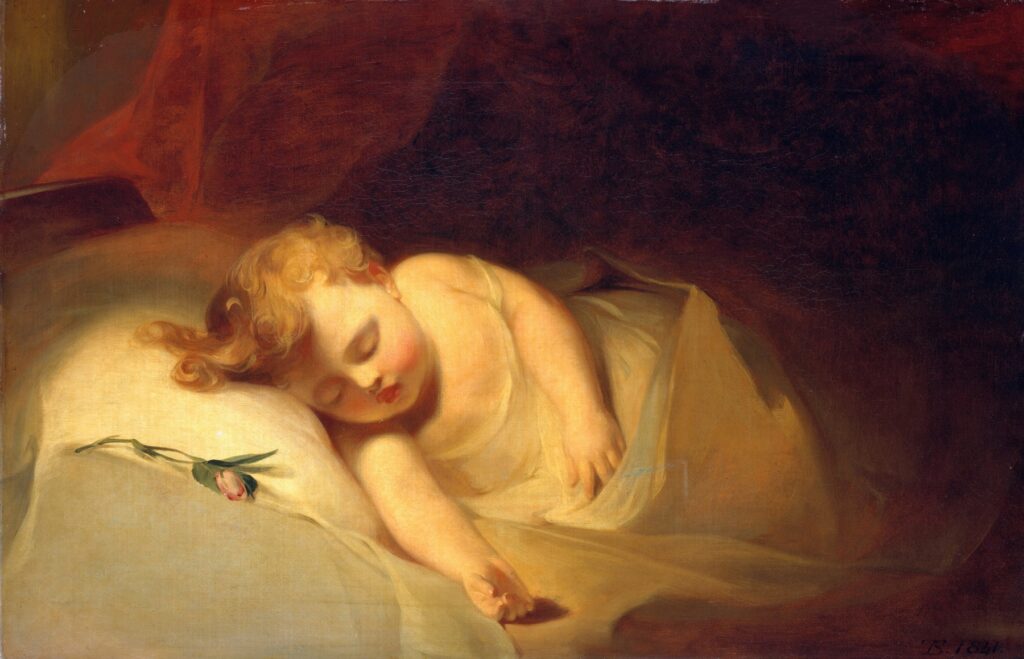
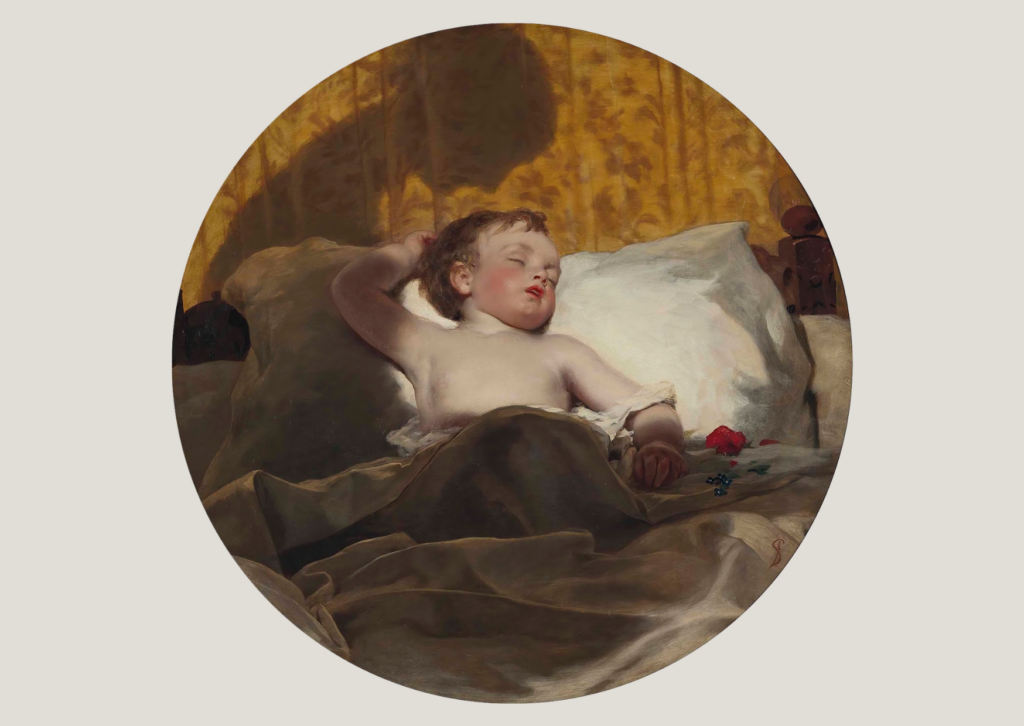
White musks play an important part in conveying the feeling of softness of the “baby’s head” accord. Among different white musk ingredients, there is one in particular – Exaltolide – which somehow has always echoed the scent of Bambino in my mind. I haven’t come across Exaltolide in any of the formulas I was able to put my hands on (not many), but obviously it doesn’t mean that it’s not or should not be included in this type of scent. Most importantly, the idea of using Exaltolide made sense to me: it is a lovely ingredient – soft, radiant and clear, and has been around for a long time – long enough for it to may have been part of Bambino6.
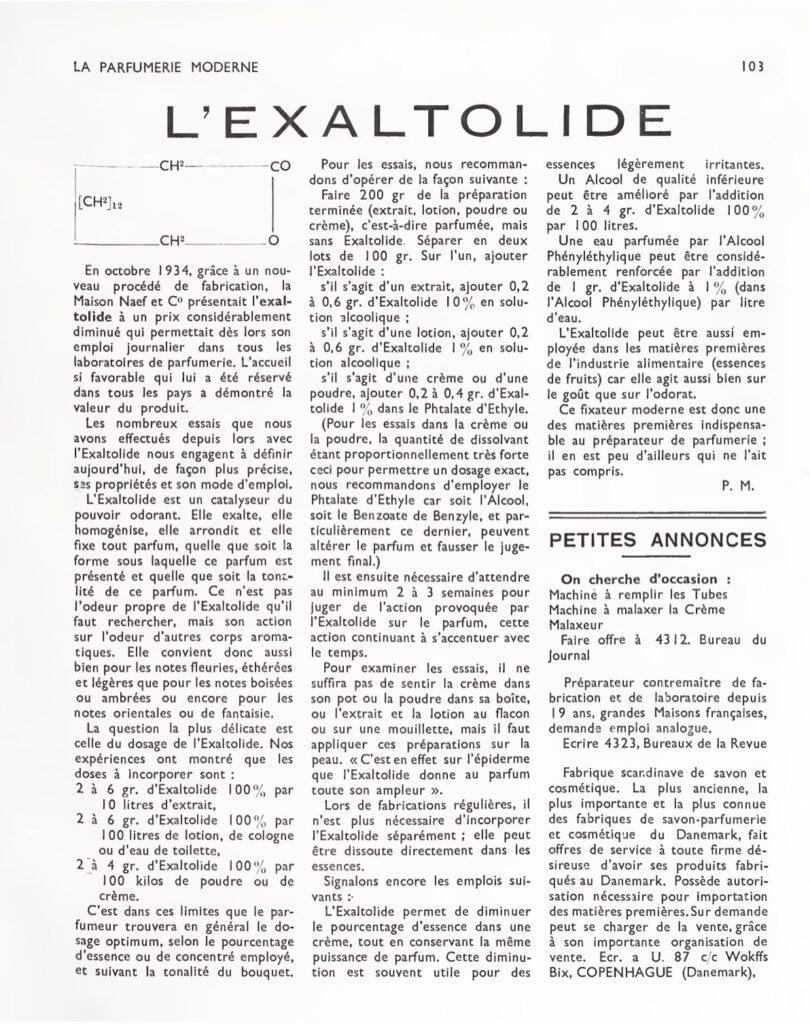
Most Exaltolide used on a large scale in perfumery is man-made (synthetic), but interestingly, it also occurs in natural form, in the plant called Angelica. The essential oil of Angelica (obtained from its roots or from its seeds) is naturally rich in Exaltolide7.
Angelic Water.
One thing leading to another, the name Angelica reminded me of a very old perfume formula that I had found in a copy of an equally old perfumer’s manual (dating back to 1779).
The perfume’s name is Angelic Water and according to some research I did, it used to be very popular back in the day (it also went by the French name l’Eau d’ange).

Two of the ingredients mentioned in the formula were unfamiliar to me so I looked them up:
yellow sanders (Zanthoxylum flavum): West Indian satinwood, yellow sanders, tembetaria, and yellow sandalwood (amyris); the scent of amyris (also called West Indian sandalwood) is similar to that of sandalwood, although it lacks its complexity, but it is also much more cost effective
magisterial balm-water: infusion or tincture of lemon balm (Melissa officinalis); melissa is an aromatic herb which has a sweet fresh lemony scent
benjamin – would be, I assume, benzoin – a lovely aromatic resin with sweet balsamic vanilla-like scent
and for the rest, everything looks pretty clear: storax – an aromatic resin with sweet, caramel and maple sirup aspects, cloves – slightly peppery, phenolic but also sweet spice, Florentine orrice (Florentine iris) – with a beautiful soft floral-woody scent, reminiscent of violets, lemon peel – an uplifting cheerful citrus note, nutmeg – fresh spicy note and (what else?) rose water and orange flower water – lovely, soft floral notes.
I was pretty stunned to see how similar this old-time formula was to its present day counterpart. Granted, some modern perfumery ingredients – more affordable and widely available – have replaced the traditional and much more expensive ones, but the overall vibe of the scent seems to be very close.
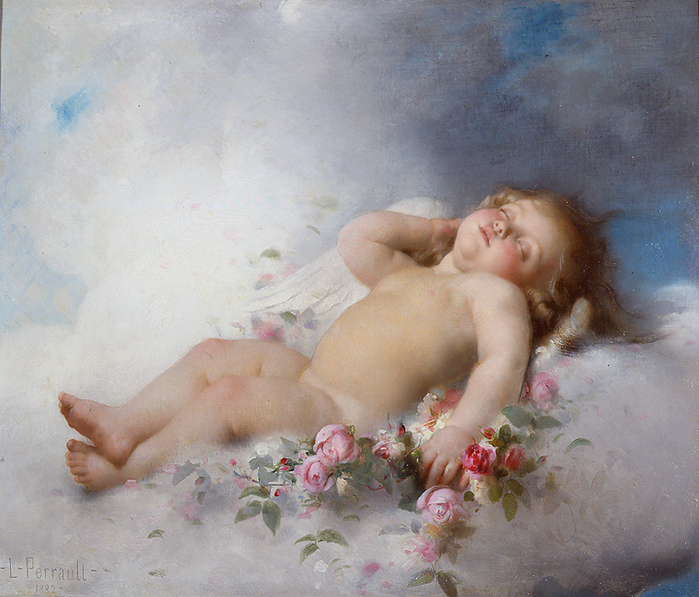
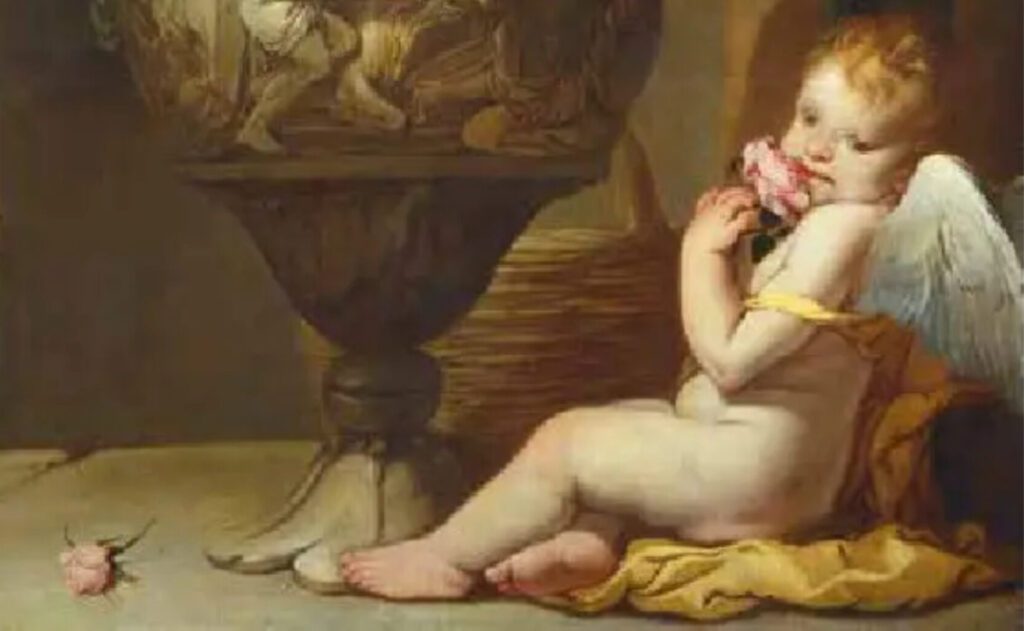
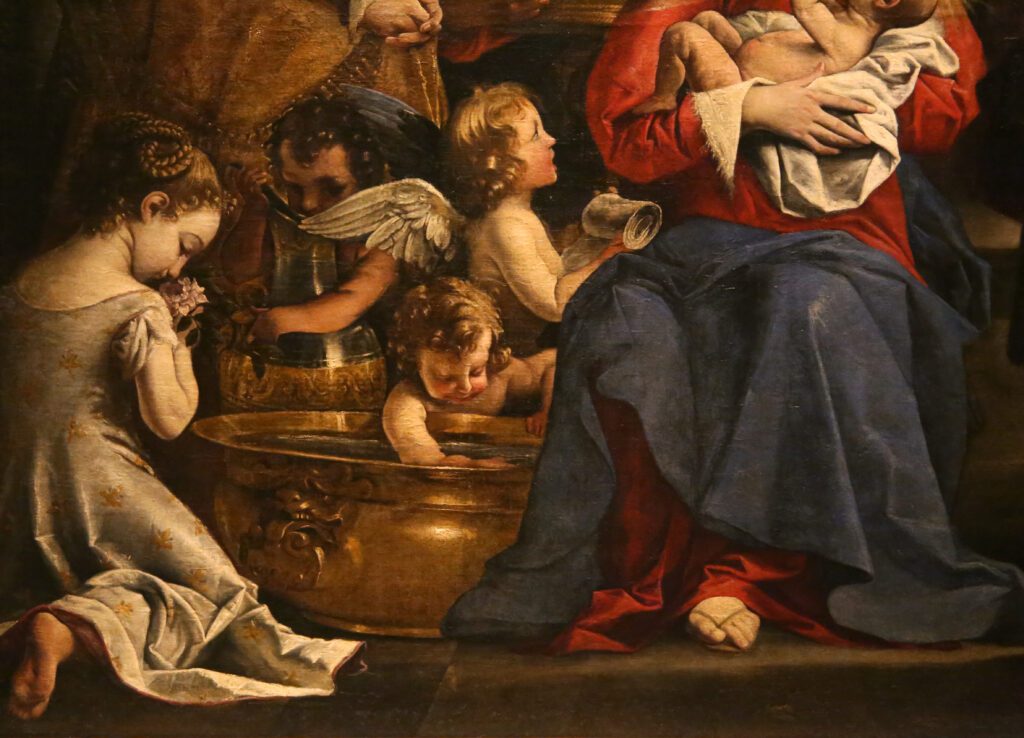
With all this in mind and pipettes in my hand, I’m now maybe one tiny baby step closer to finding my Holy Grail, my time machine propeller – the heavenly scent of Bambino.
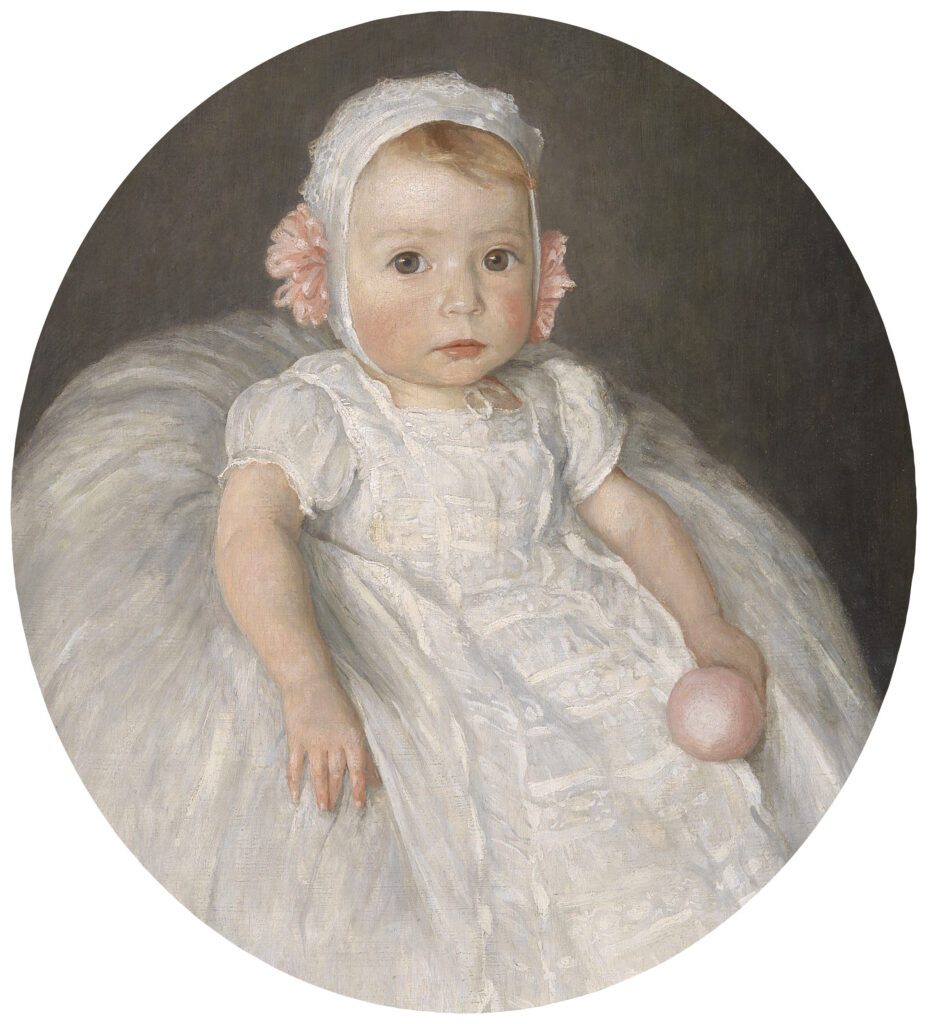
A baby is God’s opinion that life should go on.
Carl Sandburg
- Sisters, Frank Weston Benson ↩︎
- Sunshine Interior, with a little Girl standing by a Chair, Peter Ilsted ↩︎
- Best Friends, Léon-Jean-Basile Perrault ↩︎
- April Baby Hush a Bye, Baby, Kate Greenaway ↩︎
- Child Asleep (The Rosebud), Thomas Sully ↩︎
- Synthetic Exaltolide was first synthesized in 1901 by the German chemist Albert Baur and commercialized soon after. By the 1920s and 1930s exaltolide (and other synthetic musks) were being widely used in perfumery ↩︎
- Exaltolide, together with Ambrettolide (found in Ambrette seeds from a variety of hibiscus flower) are the only musks of plant origin used in perfumery. Some other musk, including tetradecane-13-olide and hexadecane-15-olide (macrocyclic musks) can be found, as trace constituents, in the bark of various pine tree species. ↩︎
